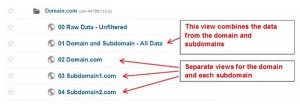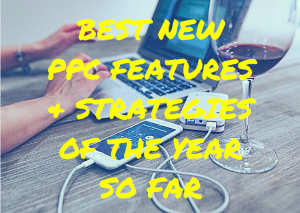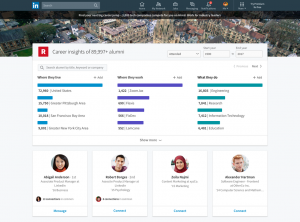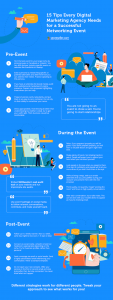While it used to be possible to grow your brands through organic reach alone, it’s getting harder to do so. Many social media platforms have changed their algorithms to show brand-based content far less often – unless, of course, it’s promoted. Even people who have opted in to following you may find they see your posts less frequently. So what can you do when your organic reach starts declining?
Find Your Community
First up – it’s time to figure out who your people are. Maybe you supply phone systems for small businesses but don’t use LinkedIn? You’re missing out on a whole community of people that might be looking for brands like you!
Spend time figuring out how to meet your future customers where they are. That’s not to say you should only focus on a single platform, but that you should know how to target your audience. No amount of carefully crafted content will matter if there’s no-one to see it.
Start looking at where your competitors post most often, and how well their posts do. Say they’re posting on Instagram, Facebook, and Twitter. You might find their posts do very well on Twitter, decently on Facebook, and fail on Instagram. You can use this information to target your own content and integrate them into business collaboration tools for more seamless strategizing.
That doesn’t mean that you should follow in their footsteps. You may be tempted to think it’s not worth engaging on Instagram if they’re not having any luck, but instead, reconsider. You know what kind of content is doing well on Twitter, but you also know what kind of content does poorly on Instagram. That means that you don’t need to waste time learning that, and you can jump in with something different instead!
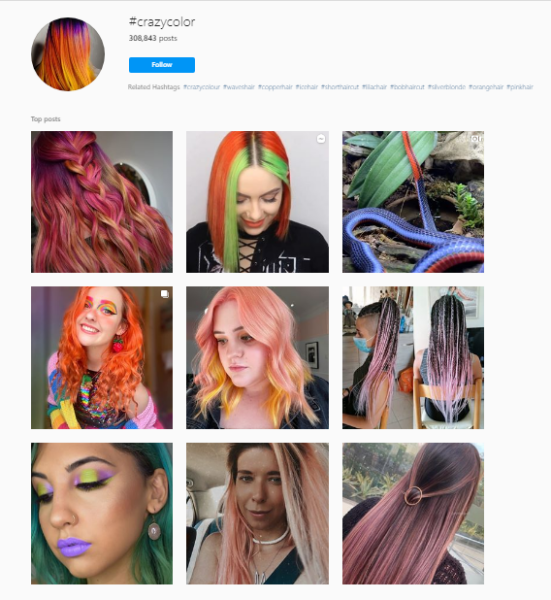
As well as looking at your competitors, look at your existing audience. Are there any hashtags people have used when referring to you? Maybe you can start tagging your posts so they show up there, too. As you can see in the above image, there are thousands of posts under #crazycolor – far more content than the Crazy Color brand could ever generate itself! Take advantage of communities that already exist, like this one, rather than creating one from scratch. Instagram even shows you related hashtags, so you can quickly find others to include.
The goal here is to meet your people where they are, rather than making them come to you.
Experiment!
When it comes to thinking of solutions, data is your best friend. The more data you can gather, the better you can see what works and what doesn’t.
One great way of experimenting is via A/B testing (otherwise known as split testing). This is where you have two (or more, but two is easier!) different forms of content or advertisement, and you track which gets better responses. Through A/B testing you can figure out what keywords get the most attention from your target market, what images are shared the most, and what type of content gets the most engagement.
You can also experiment with different content for different platforms. Here are some examples of questions to explore:
- Do short or long text posts do better on Facebook?
- Does responding to trending hashtags on Twitter have a measurable impact?
- What hashtags on Instagram draw the most engagements?
- Do articles, infographics, or photos do better on Pinterest?
- What topics get the most responses on LinkedIn?
- Do you get better results from print, email, or mobile marketing?
As algorithms change, the answers to questions like these might change, so don’t assume that the strategy you have now is the best possible one. Be willing to experiment and change, and you’ll find it easier to keep growing your reach.
Finally, make sure you’re using a good blend of current topics and evergreen content. This is something you’ll have to play around with to figure out the ideal balance. You want to make sure you have content that is always shareable, but without ignoring big events. After all, it’s always a bit strange when brands don’t acknowledge things like Christmas or Valentine’s Day. It’s equally odd, though, when all of their content is event based so you can’t share it out of season!
Use User-Generated Content
User-generated content does very well for a lot of brands, especially when it’s visual. We all know how user reviews can increase a potential customer’s trust in a brand, so highlighting testimonials is a good starting point. However, there’s a lot more you can do!
Many platforms make it easy to share other posts, with Instagram in particular having an easy way of sharing content to your stories. By sharing positive customer posts to your stories, you can both engage with pre-existing customers and draw in a new audience. While stories usually expire, you can add them to your highlights, meaning they remain easily accessible. Here’s an example from a jewelry brand, BisouLovely.
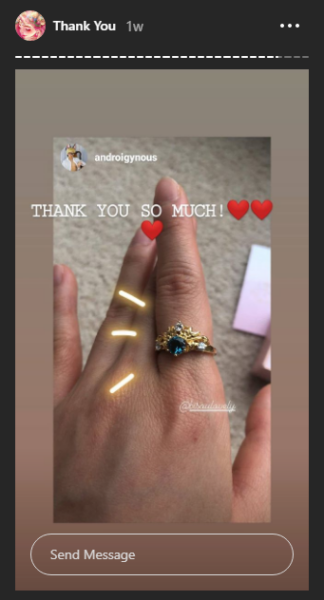
Highlighting this user-generated content under ‘thank you’ personalizes it, and creates a genuine connection between the customer and the brand. One huge advantage of this content is that it allows potential customers to see the products in a natural environment – captured by a phone camera in normal lighting, rather than a studio set-up. This can assist brands selling online because viewers tend to trust these images more.
Of course, it’s harder to do things like this with more technical set-ups such as a VoIP phone service, but you can be inventive. Interviews with teams using the software, testimonials from big brands, or community tips and tricks are all forms of user-generated content that don’t rely on physical products.
Collaborate With Influencers
User-generated content can only get you so far, as most users won’t have large followings. Influencers, however, do! It can be tempting to target the biggest names, but this won’t necessarily get you the results you want. Instead, look for influencers who use products in the same area as you – it’s no good reaching out to a beauty blogger about recruiting software, after all.
You also want to look for influencers who are careful about what content they post. If every single thing they post is sponsored, your brand might get lost among them. Someone who picks their sponsors carefully is more likely to have a large impact, as you’ll stand out from the crowd.
Remember: influencers know what they’re doing, whether they specialize in live streams and videos or traditional social media posts. It can be tempting to try and give exact scripts and specifications. You’ll get far better results, though, if you collaborate and let them do what they’re good at. Whether you’re looking for subscription-based sales or one-off purchases, they’ll have their own ideas to bring to the table.
If you’re not sure about the best way to approach influencers or how to make the most of their impact, you might want to use an agency. An agency can help you find the best influencers for you, and they’ll already have pre-existing relationships. Plus, they’ll have data on what sort of influencers suit which products – something you probably won’t have access to otherwise.
Invest In Paid Marketing
Of course, you can always invest some of your marketing budget into increasing reach. By choosing posts that are already doing well organically and spending money to increase their reach, you can boost their impact and draw in new customers. To get the most out of these opportunities, it’s best to calibrate email marketing and social media initiatives to support it.
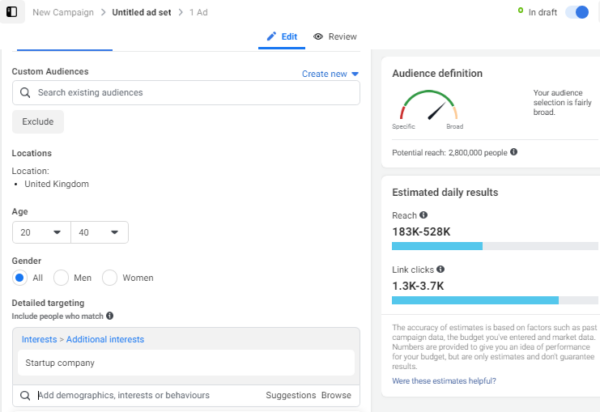
However, make sure you don’t just boost these without thinking it through! You need to have a good idea of what your target market is for this strategy to work. This is especially important if you’re working with limited startup resources. Consider things like:
- Age-range – teenagers will expect completely different things to over-60s!
- Timezone – so you know when to post
- Location – both country and type (city, rural, suburbs, or something else)
- Hardware – do they engage with you on Android phones, Macbooks, or somewhere else?
- Platform – are your audience on Instagram, Linkedin, Pinterest, or somewhere else?
- Interests – so you can post about things other than your products
- Average spend – if their average spend is £20, target offers around this price point
The more specifically you can target your paid advertisements, the better ROI you’ll get. Instead of your adverts being seen and discarded by people outside of your market, they’ll only show up to people who fit your ideal customer profiles. This reduces wasted spend and increases your conversion rate.
Keep Evolving
Letting your brand stagnate is the quickest way to lose the organic reach you’ve worked so hard on. All of these solutions have one common feature – they evolve. You should constantly be trying to find new communities, playing around with new content, tracking progress via productivity tools, and updating what user-generated content you highlight. Working with influencers makes this a bit easier – successful influencers got there by understanding how to stay ahead of the trends, and they can bring this knowledge to your brand.
Digital & Social Articles on Business 2 Community
(16)





